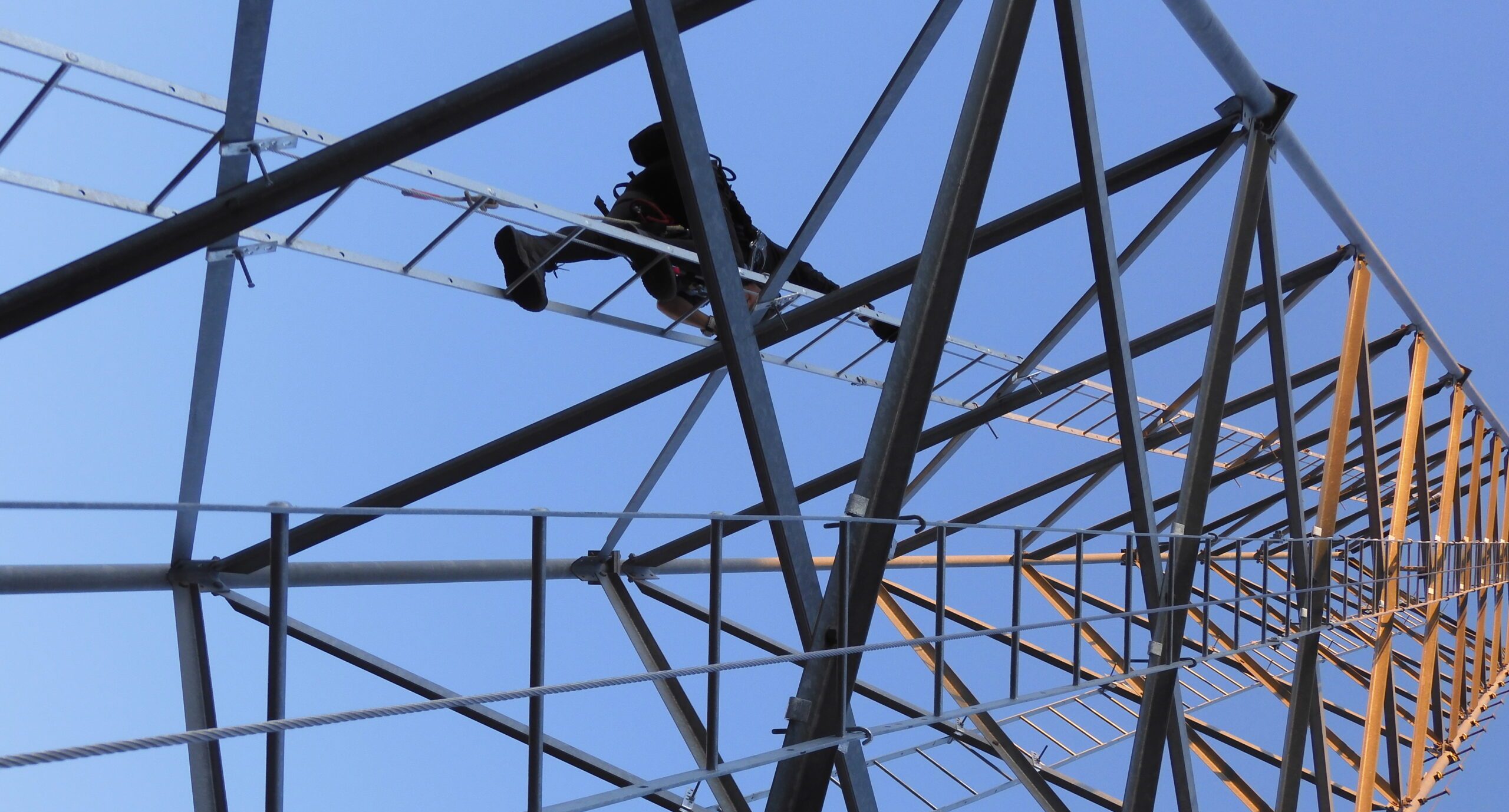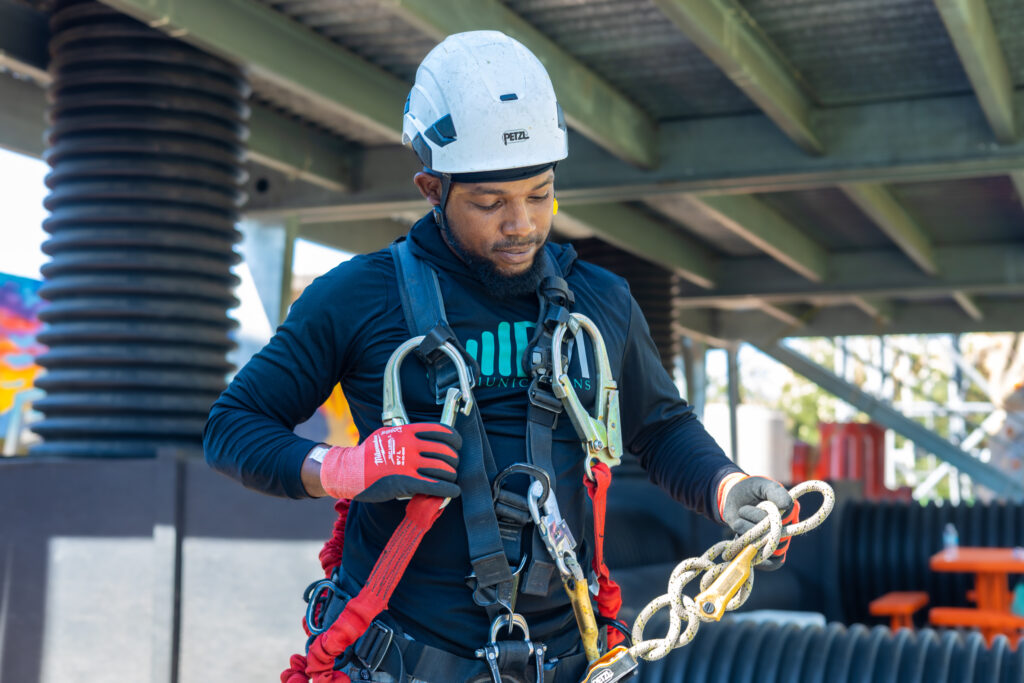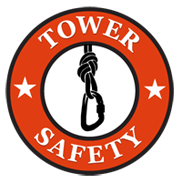An OSHA investigation into the causes of tower deaths revealed that many of these incidents occur in the following ways: transitioning from a safety climb on a tower, traversing around the tower, or ascending the tower. These actions present a similar mistake that is seen when men and women do not tie off with a fall arrest and fall restraint. Learn about the rule of 3.
An example of the gravitational forces a person would experience if they weigh 280 pounds and fall from 330 feet are:
- Speed impact of 44.27 m/s
- Free fall time of 4.52 seconds
- Impact energy of 78400.00 Joules
At low altitudes, a person will reach a terminal velocity of 190 km/h (120 mph) after 12 seconds of free falling. They will then maintain this speed without falling any faster, descending 450 meters (1,500 ft) in that time.
The combination of these three forces are a result of a fatal error. Cases such as this are why equipment manufacturers have developed safe and reliable gear to keep workers out of harm’s way. In addition, contractors are now being held accountable for providing employees with education and safety training to decrease workplace fall accidents.
Perhaps, some of these unfortunate and deadly instances are not an equipment concern, but behavioral. Maybe, we as an industry do not fully understand the issues men and women undergo prior to a climb. A few causes of behavioral complications would be:
- Hormones: Hormones are the drivers of behavior and personality. They affect people in many different ways and serve a vast range of functions in the body. When hormones fall out of balance, they trigger serious medical issues, affecting climbers’ reactions and judgements.
- Physical Complications: Sports, military, and extra-curricular injuries can cause lasting physical effects which can negatively impact a tower climbers physical health. Concussions, dehydration, and heat exhaustion can drastically affect the health of a climber. If any of these go unnoticed, they can potentially cause a climber to become dizzy, nauseous, fatigued, and even lose consciousness.
- Alcohol, Narcotics, and Tobacco: Substance abuse or misuse is formally defined as the continued misuse of any mind-altering substance that severely affects a person’s physical and mental health. Extreme use of these drugs may cause blackouts, poisoning, overdose and death, physical and psychological dependence, inability to learn and remember information, and mental illnesses such as depression, psychosis, and severe anxiety.
What happens in the brain can dramatically cause issues in the body. Since physiology and behavior influence one another, maybe we need to understand how certain behaviors are created by the various situations our tower hands are put into. For instance, the logical reasoning of how fast one may fall may not be taken into perspective while working at heights.
What can we do as an industry to help this generation of climbers? Are we addressing the mental/physical issues prior to climbing? A solution that may resolve this issue would be to follow what I call The Rule of Three.
- Personal Power/Demand Ownership of Accountability
- Self-Monitor = Attach a Fall Restraint
- Self-Monitor = Attach a Fall Arrest
The mindset of climbing needs to change, but will it be that easy? From firsthand experience, too many classes have veteran students who take their one lanyard off and move it to the next location without having the second one attached. In those three detached seconds, they are free climbing, creating several scenarios that could go wrong. Tower Safety and Instruction offers a solution to help climbers overcome self-limiters that impact their ability to succeed. Our Tower Safety Training provides participants 3 “Success Tools” that enable them to shift their performance from good to great. These tools, which prompt lasting behavior change can be applied immediately on the job.
Be Safe
Be the Rule Of 3
Tower Safety Training









